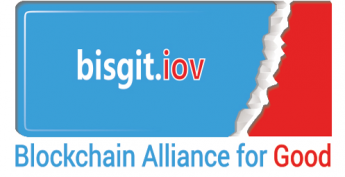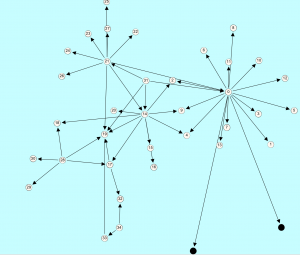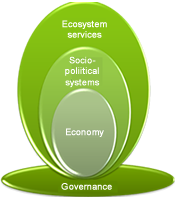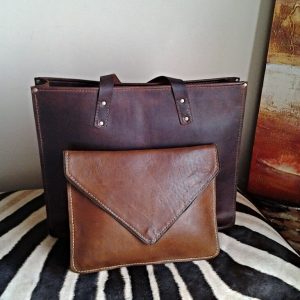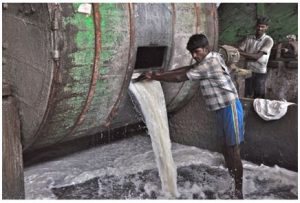[this project is one of the feeder attribute components of the crade-to-grave blockchain for leather provenance]
INTRODUCTION :
Raw material is a prime concern of tanners in India. The tanning industry which supplies footwear, furniture, automotive, clothing etc are wholly dependent on their raw material on supply of cattle hides and sheep skins are vibrant to the tanning industry, they may just be the by-products of meat but it represents almost 50-60% of the cost of producing a piece of leather. When the hides and skins reaches consistent quality allowing tanners to get confidence on the material which can make a good leather and reach the market targets. Quality of a leather can be determined by the quality of raw hides and skins. The value of the hide and skins depends upon the end use to which the leather goes , eventually reflects on what the tanner pays for the raw material. The quality of the hides and skins are highly related to the amount of damage on the grain or the other surface. Hides and skins have greater economic return than most agricultural products and by products . management practices should ensure that health of animal and reduce the likelihood of injuries that could damage the skins
DAMAGES AND DEFECTS ON HIDES AND SKINS :
Damages and defects are caused in the place where animals live and during animal husbandry practices, farming, transportation, slaughtering
There are more than 300 different types of damages and defects occur on raw material which is basically due to physical or mechanical damages and damages from disease
PREMORTEM DEFECTS
PHYSICAL AND MECHANICAL DAMAGES
Physical and mechanical effects are often referred to as carelessness effects, because they are potentially avoidable or preventable mechanical damages seen in hides and skins. Sheep skin basically subjects to scratches due to thorny bushes and in cattle damages such as thorn scratches, branding, whiplash, horn gauge, harness or yoke marks, skin disease and ticks. Most noticeable defects on hides and sins are brand marks, scratches, scars and bruises which are caused by mechanical means. Defects as a result of the animal’s age, sex and the genetic makeup are intrinsic.
POSTMORTEM DEFECTS
SLAUGHTER HOUSE DEFECTS OF HIDES AND SKINS :
It comprises of inadequate bleeding , and also defects which are due to unnecessary use of knife which may lead to ripping of full flesh or damage to the grain of damage of skins by bacteria or enzymes and defects due to improper and inefficient preserving and transportation. They may also get damaged due to improper storing of the slaughtered skins.
Traceability is used as a tool,
To avoid or reduce these types of damages or defects on the hides and skin and also to access the sustainability of the whole leather chain Before, during or After the tanning process. The improvement of authentication system is vital to the guaranteed traceability along the chain from the sourcing of raw material at the abattoir to their use when manufacturing a finished product.
OBJECTIVES & AIMS :
The project is about what traceability can achieve in a leather industry in India
MAIN OBJECTIVES & AIMS :
To make a research on breeding farm and the diet followed by the animals and deeply enhancing the defects or problems on the animals skin
Tagging of animals and updating records
Assorting has undergone in the breeding farm with respect to their sex , Health and defects on the skins and making reports on the animals
Research on how the animals are transported to the slaughter house and the damages occur on the skin during the transportation
Execute stamping and labelling system in the slaughter house followed by the tagging in the breeder farms
Make a research on how the animals are slaughtered and the damages occur on the animal skin during the slaughter period
Analyse the effect of defected hides and skins on tanning, retaning, and finishing process
Analyse the effect of defected hides and skins on machining operations
Critically analyzing the difficulties faced by the tanners to get quality raw material and maintain the consistency of the quality raw materials
Analyse the effect of physical and chemical properties on the defected skin
examine the difference between the efficient traceability skins and the normal skins
Strengthen the communication and the cooperation among tanners, slaughterhouse, farmers as a mutual benefit
Qualitative And Quantitative Analysis of Hides and Skins
MATERIALS AND METHODS :
METHODS TO PREVENT HIDES AND SKINS FROM DAMAGES AND DEFECTS :
Many as one quarter to one third of all hides and skins have various defects, where most of the defects occur in during the preslaughter stage of production while the animals are alive. Impacts created by post slaughter defects are due to poor management and treatment of skins in slaughter house. unskilled person on the slaughter house may result in many visible defects on skin
Awareness importance and values of hide and skin among the communities should be created
Accessibility of veterinary service should be delivered near the breeding farms to prevent and cure the defects on skins and hides
There is a strong need to prepare comprehensive training manuals and extension packages on live animal management, such as feeding housing, slaughtering and post slaughtering of hide and skin management
MATERIALS TO MAINTAIN EFFICIENT TRACEABILITY
TAGGING AND ASSORTING :
Tagging should be done on animals initially which will help the farmers to assort the animals according to their age, sex, health conditions and defect on the skins, the tag contains a serial number which includes letters and numbers on it for example AG1234567
The tag also consist of bar coding which will help to record the data of the animal in a computer system . During the assorting, the animals are being assorted according to their age, sex health conditions and the defects on skin which will be helpful in separating a lot of each category and record the data in a computer system before it goes to the slaughter house.
SLAUGHTER HOUSE :
A Stamper has to be installed in the slaughter house which makes an impregnation on the hides and skins as shown on the image below. The serial number which is carried out in the breeding farms is to be impregnated on the hides and skin after slaughter and record the defects on the hides and skins attained during slaughter period and record the data in the computer system
(Stamping should be done on the neck or on the legs of the origin)
THE IDENTIFICATION SYSTEM GOALS
Can be applied while the hide is still on the animal
Human readable/human Decodable
Code can be externally generated
Selectable numbers and alphabets can be used
Lasts through a finished leather
100% retrieval
Readable with hair on and off
Machine readable
Unique code on each piece
Applied and readable on the grain and the flesh
The integration of stamper on the leather should not have any significant effect on the final product of the leather. Leather as a finished product should not be changed, the colour, touch, thickness and handle should not change due to stamping on the leather. When using leather the stamping appearance should remain constant. Cutting, gluing, sewing and shaping the material should not affect the stamp. Must remain stable with time resistance to mechanical, thermal and chemical operations applied during the leather making.
THE SUPPLY CHAIN BETWEEN THE TANNERS, SLAUGHTER HOUSE AND THE FARMERS
The main objective of the leather sector is make research on both qualitative and quantitative methods and a combination of both primary and secondary sources of data. They found the problem starts from the animal husbandry stage and goes up to the production of finished leather.
The leather sector should educate the farmers about the importance of by-product and take them as employers and pay them to maintain a healthy growth of the animal skins and hides
Install veterinary services near the breeding farms which helps in preventing or curing the defects on the skin of the animals
Educate the workers in the slaughter house about the importance of the skinand also educating them with slaughter methods
Safety transportation vehicles should be installed to carry the animals from breeding farms to slaughter house and then to the tannery
ETHICS :
I would like to affirm that the information supplied by the farmer, employees of abattoirs and the staff of the tannery will be presented in a way that the supervisor will understand . All information obtained during the study will be managed highly confidential and a confidentiality agreement will be signed with the people involved in the supply chain operation before any data is collected. I would keep up the promise and maintain my honesty and strive to be consistent all the time
RISKS AND COSHH:
There is a risk of affection for the workers at the breeding farms and the slaughter house when working with animals and handling with waste material that may be contaminated with microorganisms or working in a area such as meat waste or the animals contaminated. Members of public who pass through the farms can be exposed to infection.
Safety measurements should be taken into consideration such as
IDENTIFY THE HAZARDS
ASSESS THE RISK
CONTROL THE RISKS
CONSIDERING THE RISK TO THE EMPLOYERS
THE RISK OF INFECTION HAS TO BE FORSEEABLE BEFORE IT CARRIES OUT AN ASSESSMENT AND TAKE MEASURES TO CONTROL THE RISKS
